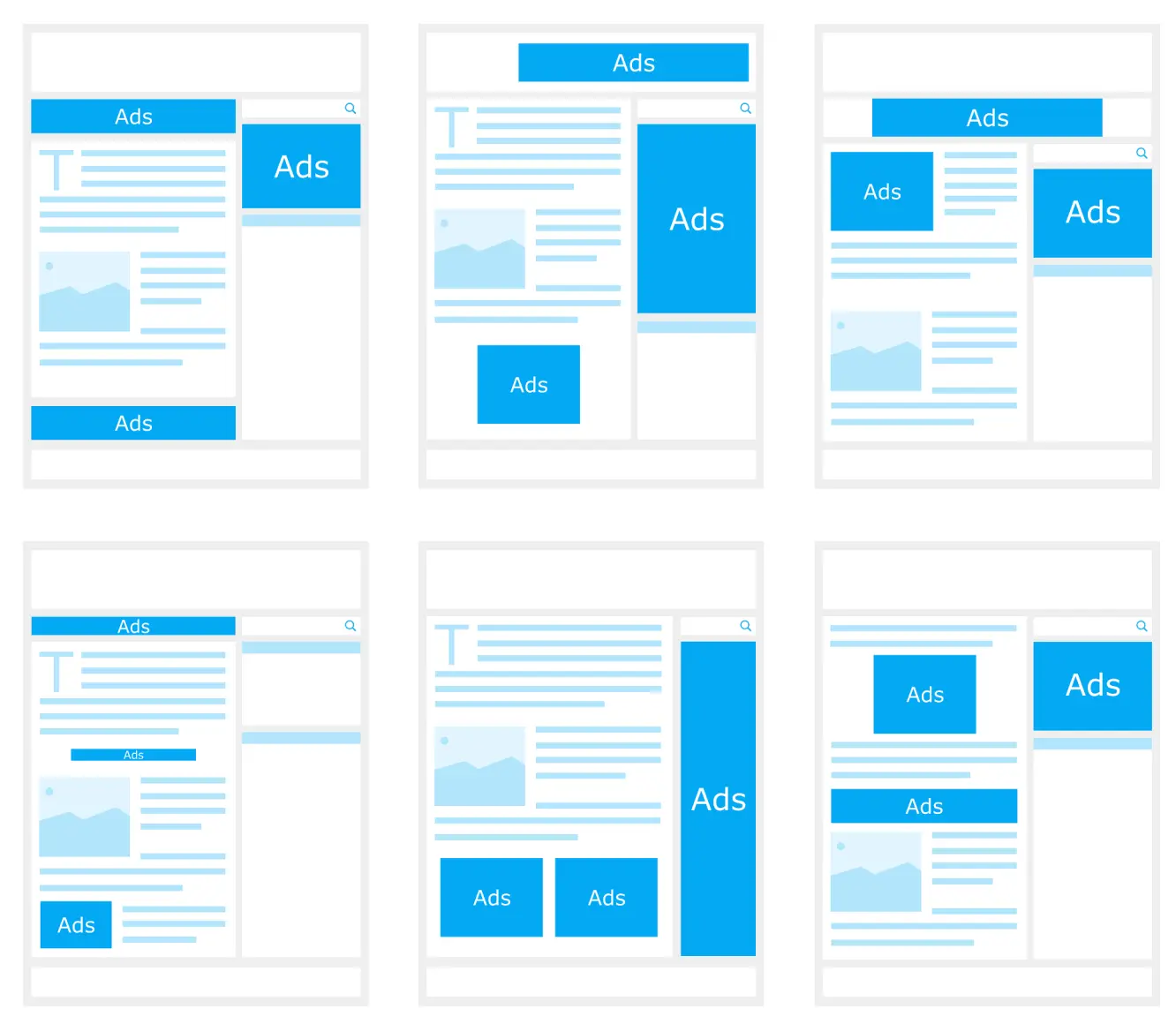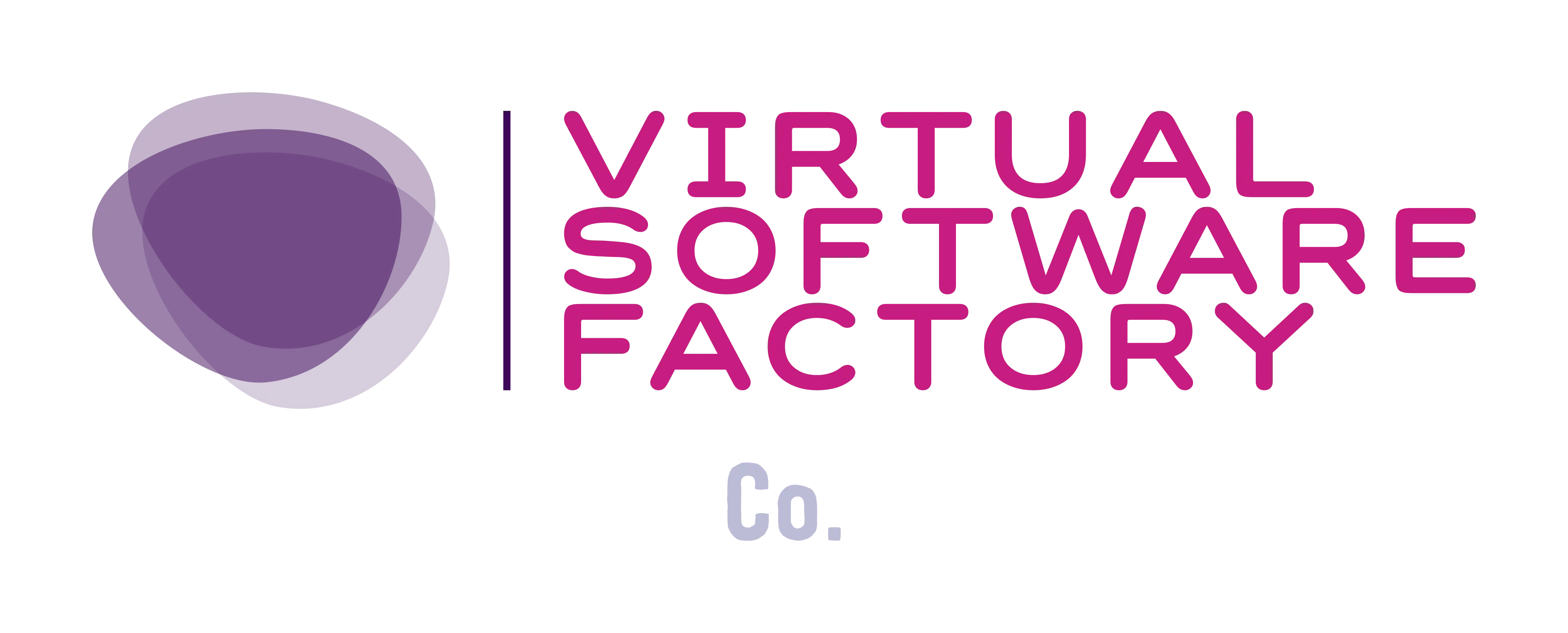07.03.2023- IN BUSINESS
9 steps to help you create or redesign your website.

All organizations rely on a website to share their services, products, mission, vision, philosophy, objectives and much more. A good website can help you retain your core customers and attract new ones through your website to generate maintenance and retention strategies, and this list below explains some of the most important steps and key actions you should take to create a brilliant website for your company or organization.
Before you start designing your website, the first thing you should do is ask yourself the following questions: "Why do I need a website?" "Why do I need a website?" "Does my company need a website?" "Will my sales improve with a website?" "Is my company known outside?
Most people know that they need a website for any type of business or social activity and a website is necessary in today's digital world, but why do you really need a website? Think about the functionality of having a web page and take the time to answer the questions above.
You can do this on your own, or work with your company's board of directors and other members of your company's community to determine their goals and motives. Below, we'll give you the essential steps to think about and start creating and managing your website, whether it's a new site, a redesign, or a fresh start from scratch.
STEP 1. Identify the main needs and products of your company or business. Develop each one of them so you can translate some of the ideas into your website. This will help you to know how you can reach your main customers.
*At Virtual Software Factory we ask you to help us fill out some questionnaires that will facilitate the understanding of your project, and thus get to build the perfect website for you. This questionnaire covers points 1, 2 and 3)
STEP 2. Identify the 3 main objectives of your company or business, which you will make known on your website that will help your main customers to know the direction and commitment of your company or business. Remember that these objectives must be related to the line of business of your company. Now that we have the how, we need to understand the what.
STEP 3. Now list the 3 main objectives you want your website to achieve.
These should be identifiable, clear and measurable objectives, which will help you focus on the next steps.
Example: - Reach more people in my state. / - Make my products known in the region. / - Offer my services beyond where I live. etc.
*If you decide to take the project with us, Virtual Software Factory will help you identify all the necessary objectives to facilitate the information flow of your project, Contact us.
We recommend you to surf the web for reference sites that could help you with a better idea of what and how you want your website, collect good ideas, good examples and discover functionalities.
Make a list of 3 to 5 websites that inspire you. Write down what you like about them and how you would like to incorporate aspects of them into your website.

STEP 4. We recommend you to have your institutional image or Brand book, this will help the designers or you in particular to know what colors to use (colors of your company or business) and take the design lines that you would like to have in your project. CMS like WordPress, Mobirise, Weebly among other CMS for website generation will help you with the default designs and design lines, usability and user experience.
*Virtual Software Factory and its team of UX/UI designers are key to the management and creation of this type of information. It is vital to be very clear about the design of your project.
STEP 5. Create a content outline for your website.
A content outline will help you structure the information you want to present on your website, it will help you highlight pages, sections and features that will be important to include on your website.
We also recommend working on informative or descriptive articles related to your services and/or products so that people can learn more about them.
The content outline will help you to give a navigational flow to your website such as:
- Main Navigation -
These are the pages or sections that will appear in the main navigation (main sections) of your website so that your customers or business members can easily access them. Generally, the pages included reflect the why along with the objectives you identified in steps 1 and 2.
- Products and services pages -
These are the pages where you will place your main products and services that you need to make known. This section will help you to give a better impact to your products and services and will also help your main customers to make decisions when purchasing any of them.
- Non-linked pages -
Non-linked pages are pages that do not appear in the main navigation, but can be accessed from other pages, or from links in the footer of your website or shared via email, text, etc.
*If you don't have the possibility or the creativity to generate the information, articles or descriptions for your project, Virtual Software Factory helps you to generate the necessary content for each of your sections. Visit our content generation area here.

STEP 6. Now choose a CMS and a template
Now that you have completed steps 1 to 5, you need to choose a CMS and a design template. CMS can be, WordPress, Wix, Mobirise, Weebly etc. We recommend you to surf the net to check which CMS is the best fit for you.
STEP 7. Design your website
Now that you've chosen your CMS and design template, it's time to get ready and roll up your sleeves. Use your content outline from step 5 to start the skeleton of the pages you'll include on your website. From there, use the content templates, widgets and plugins to build the content for each page.
*Virtual Software Factory works in 2 ways, the first, through projects from scratch where the design is made according to the needs of our client and the second, we work with a proprietary CMS that helps us to reduce delivery times with superior quality and excellent management of UI / UX. Visit our development packages here.
STEP 8. Propose a launch date according to your business needs along with a social media strategy that will help you drive more traffic to your page/website. Some of the final steps include reviewing your website with key stakeholders, set a launch date to go live.
*Virtual Software Factory will assign you a Project Manager for the timely and continuous follow-up of your project.
STEP 9. Now make the necessary quality tests regarding the performance of your site, review it and launch it to production, remember that the results are not immediate.
Do not forget to work on your SEO strategy with Google tools, they are easy and very friendly to use, such as Google Analytics and Google ADS.
Remember that this guide will help you get an idea of what and how you want your website to look like.
Don't forget to set goals for your project and make your own internal deliverables so that you don't delay the launch date.
Virtual Software Factory is dedicated to do all this for you, in a transparent, easy and simple way putting the necessary resources, our knowledge and experience to give you the best result you need for your business. Check our Website packages here, we are sure that one of them will fit completely to your needs. Visit our services store.
Join our technology community.
